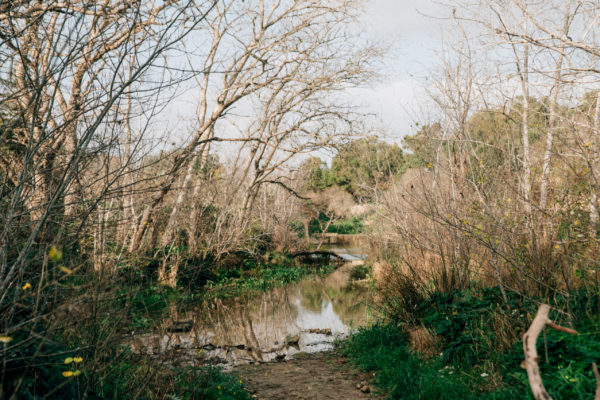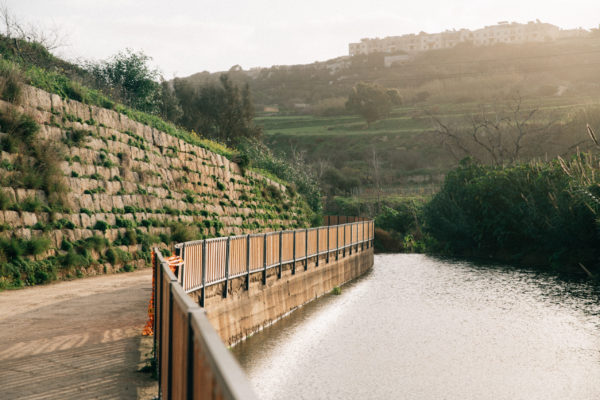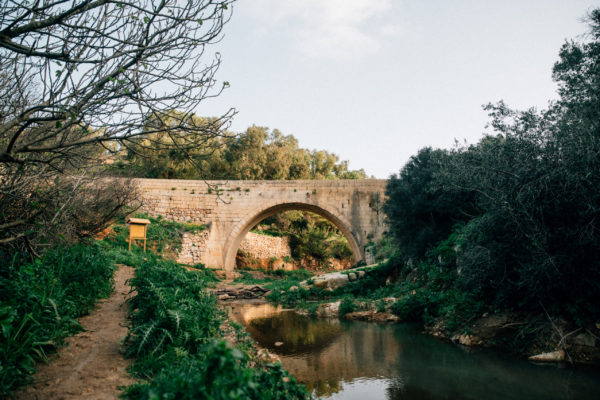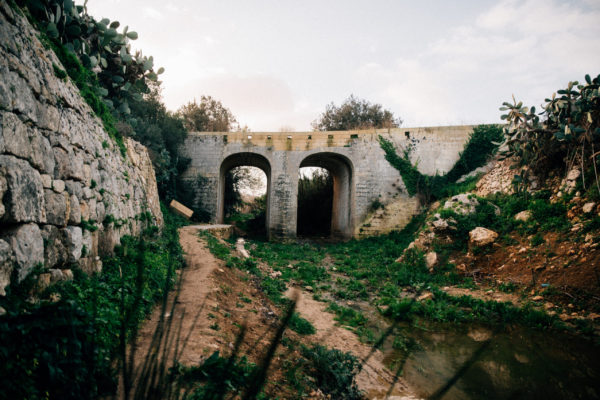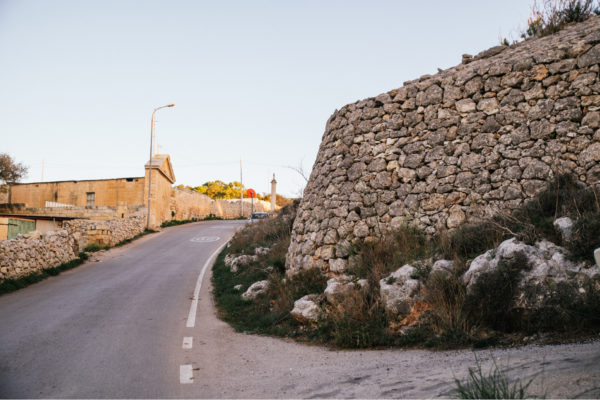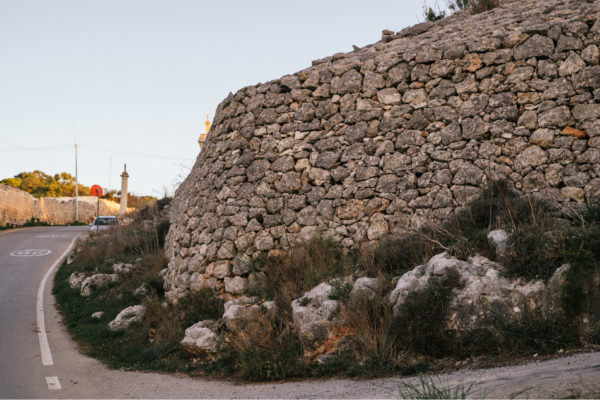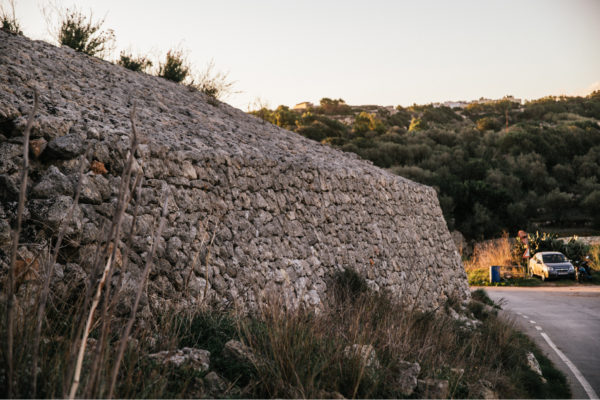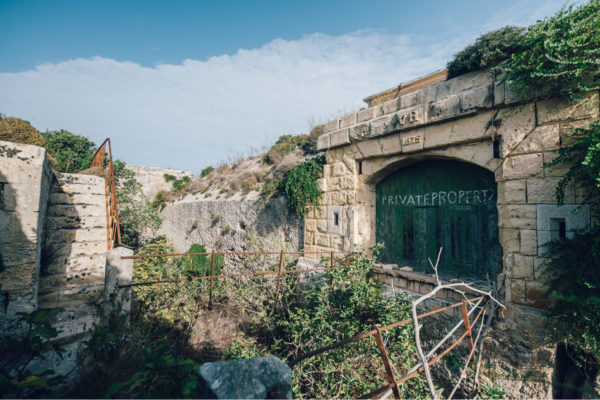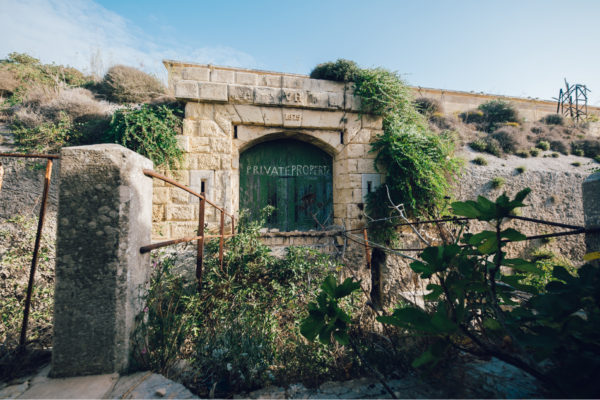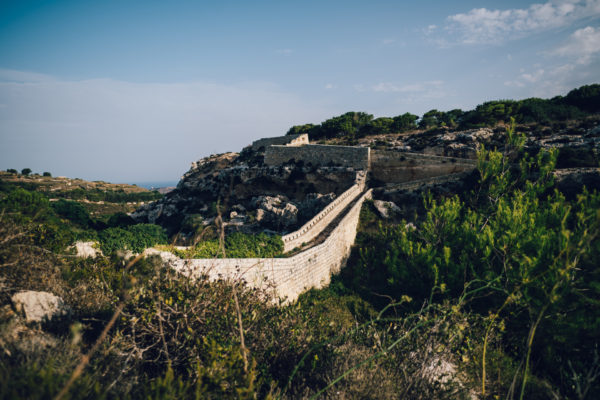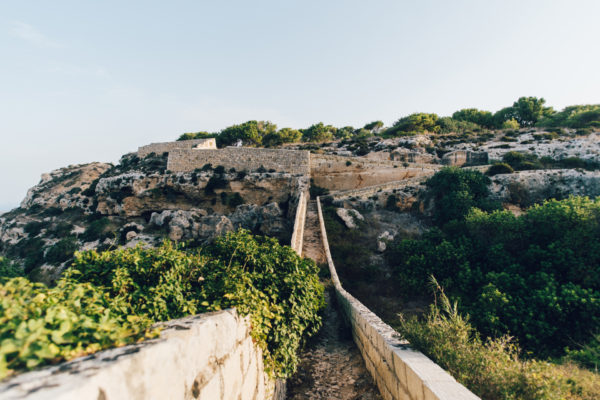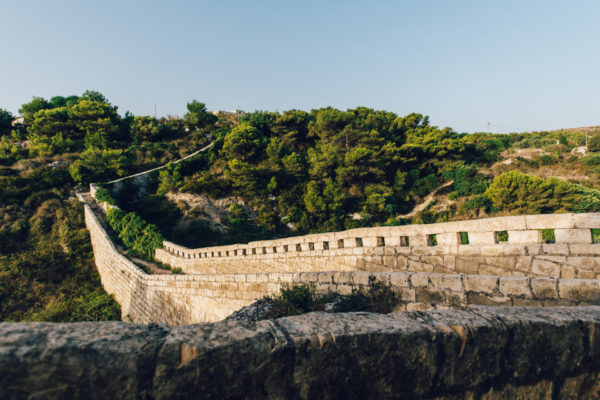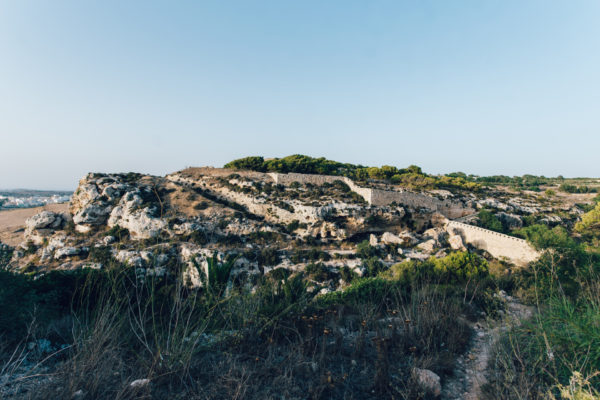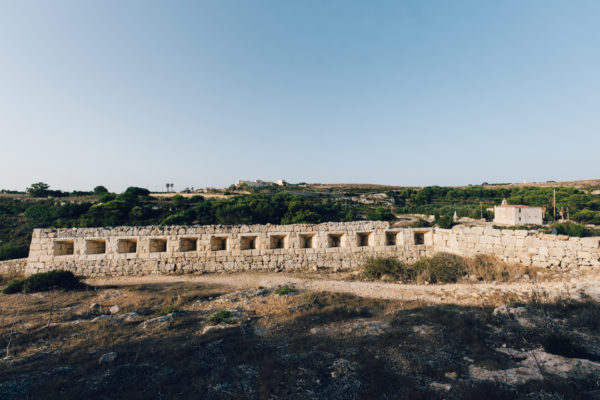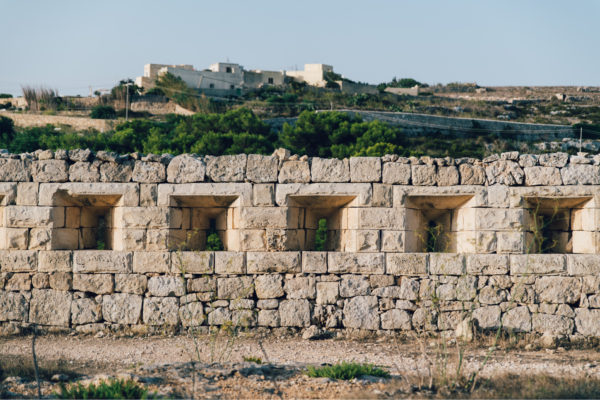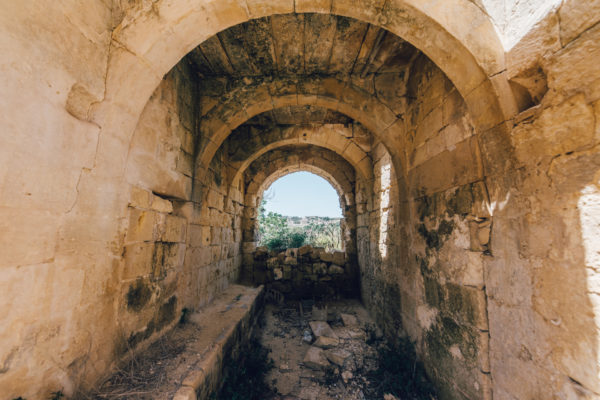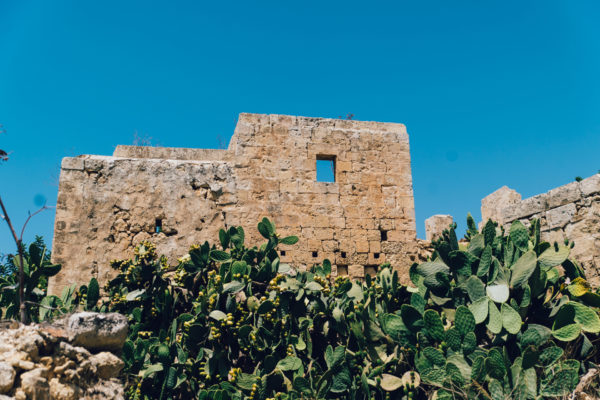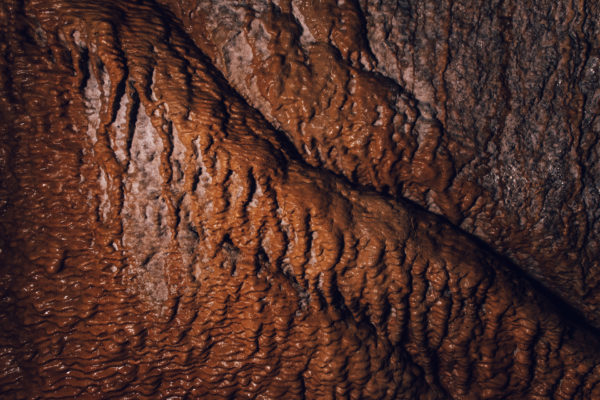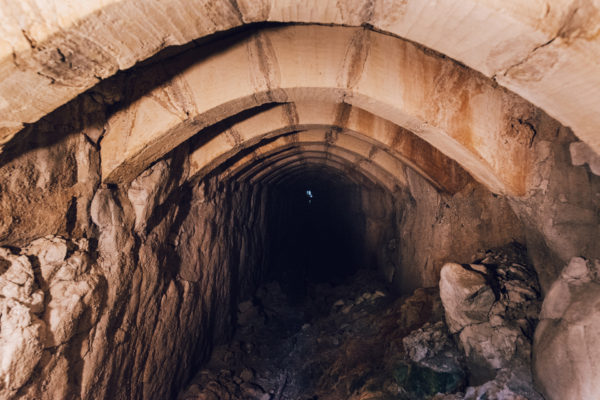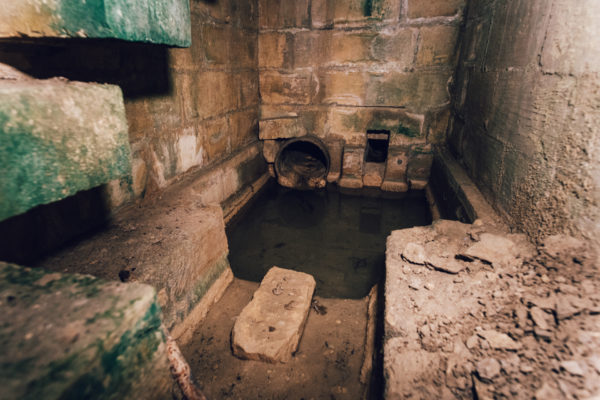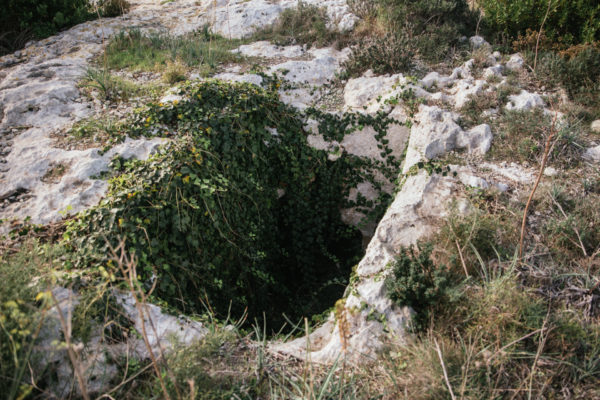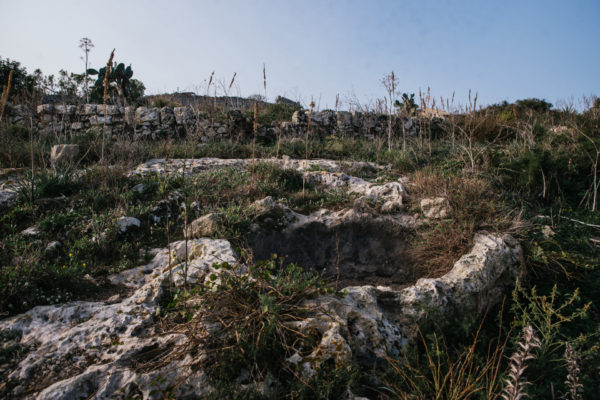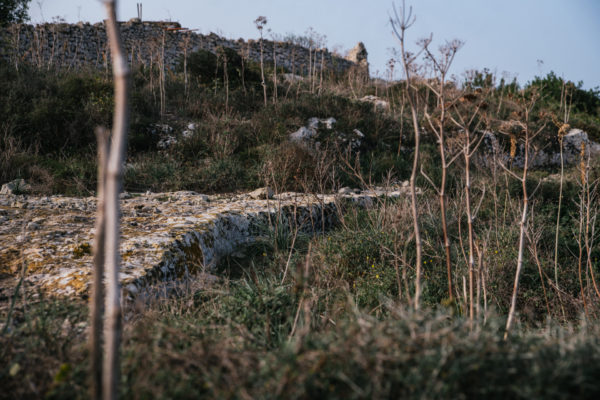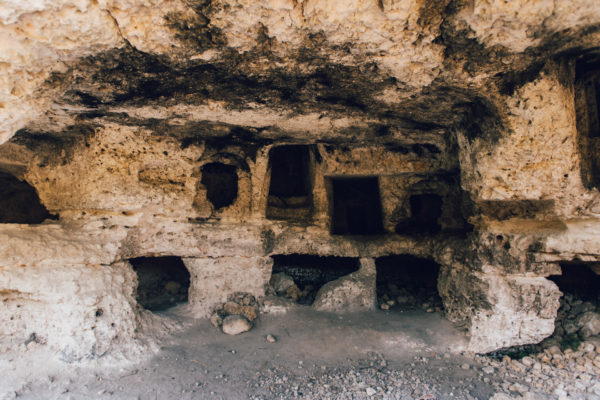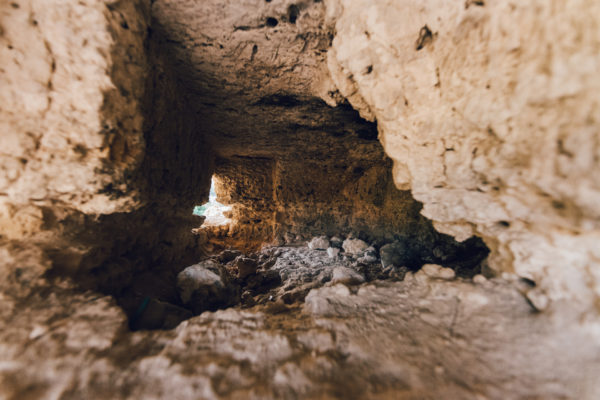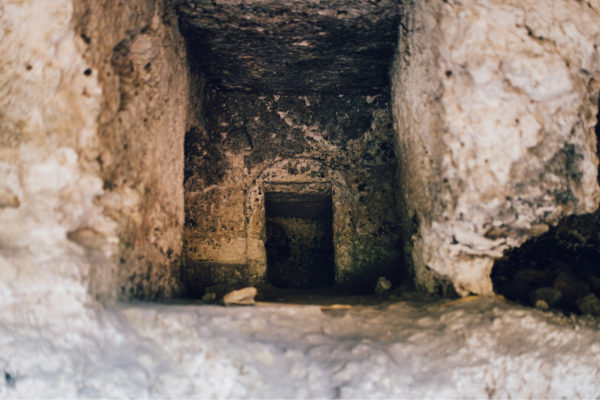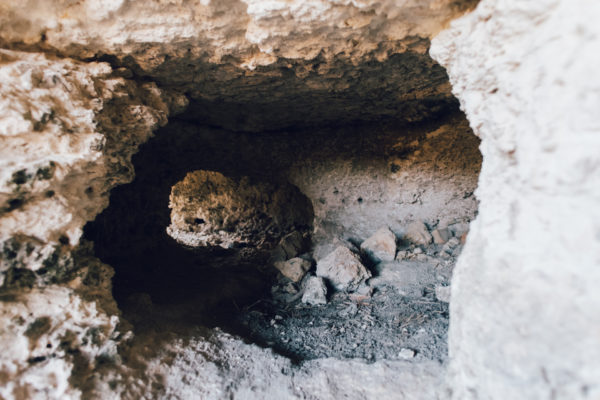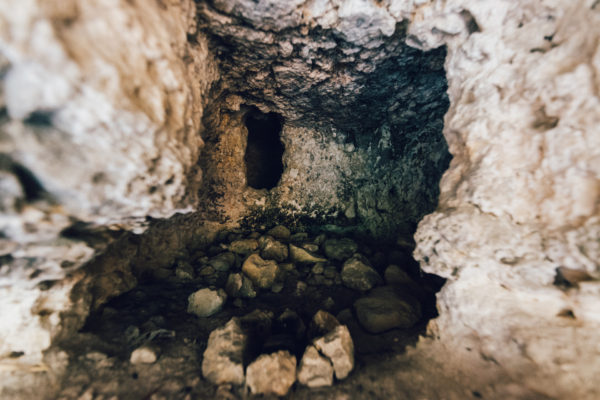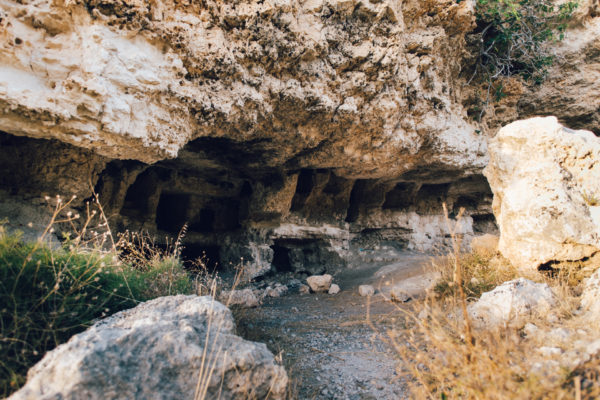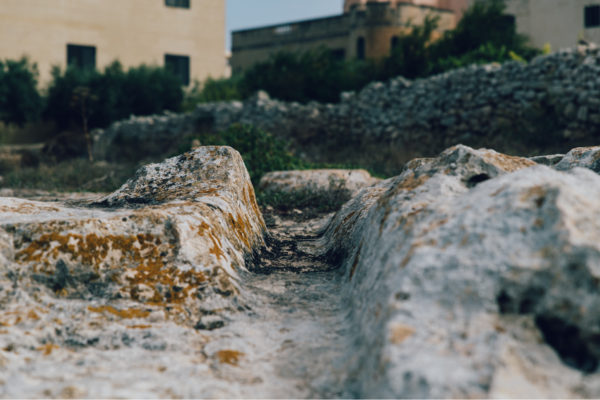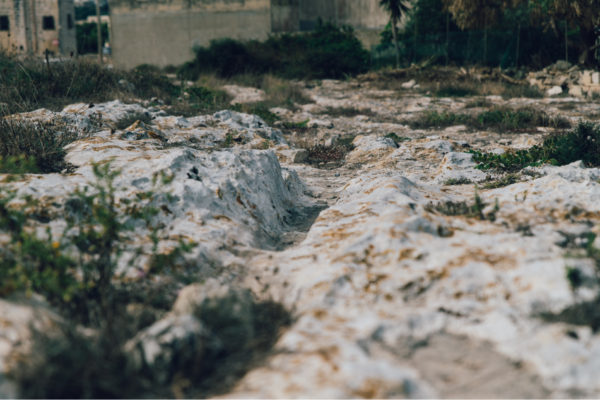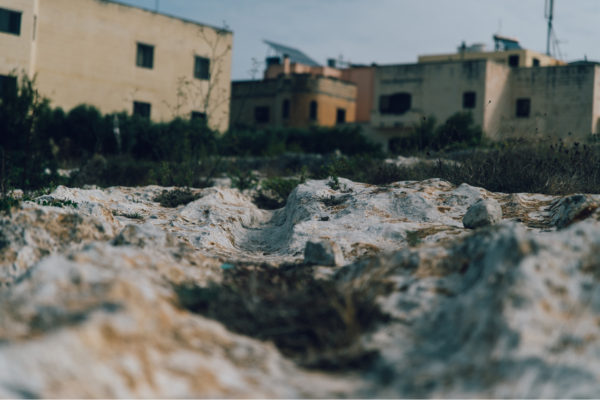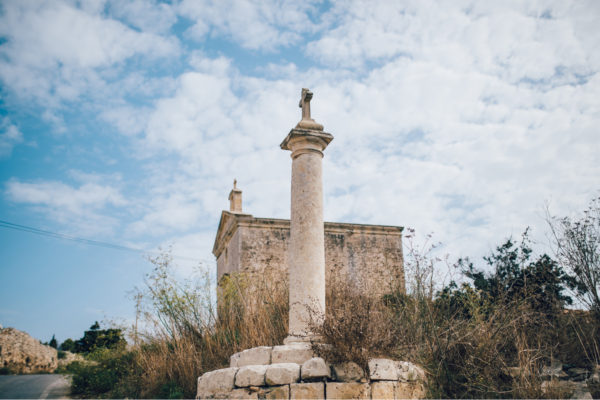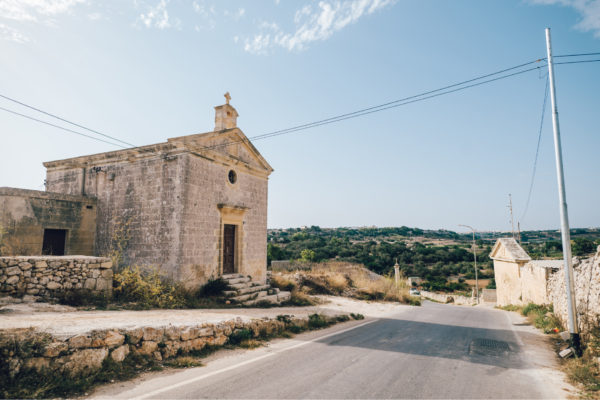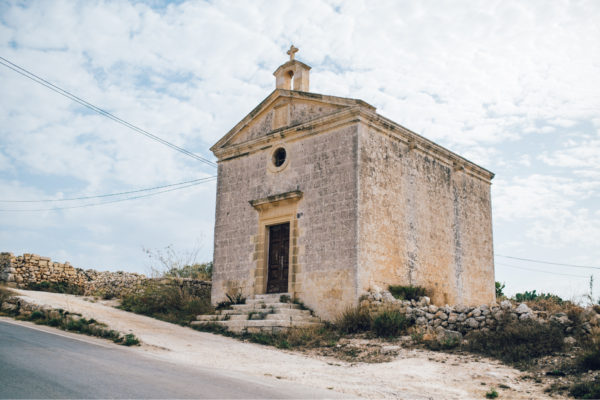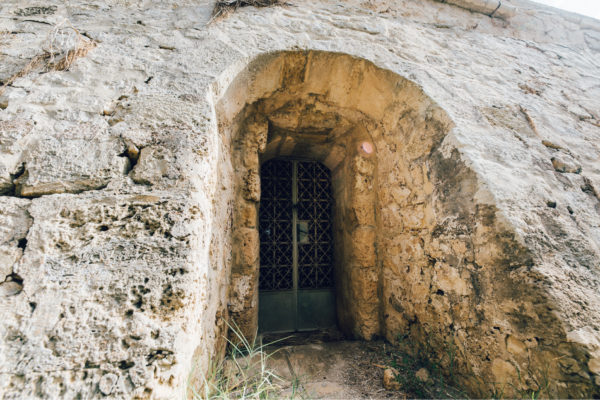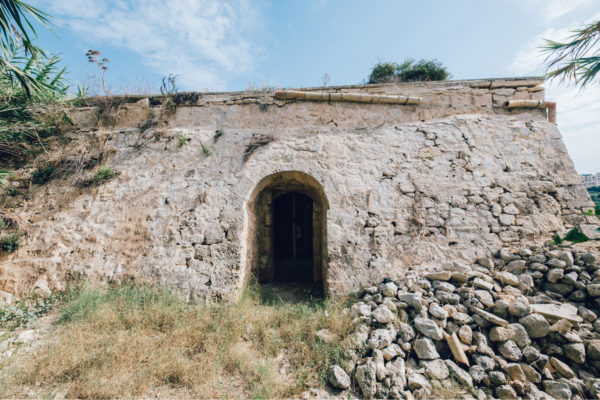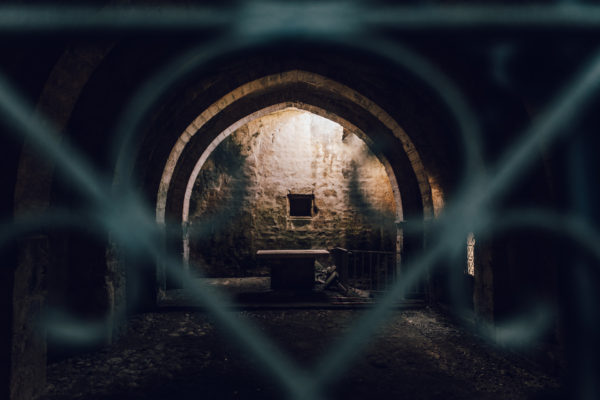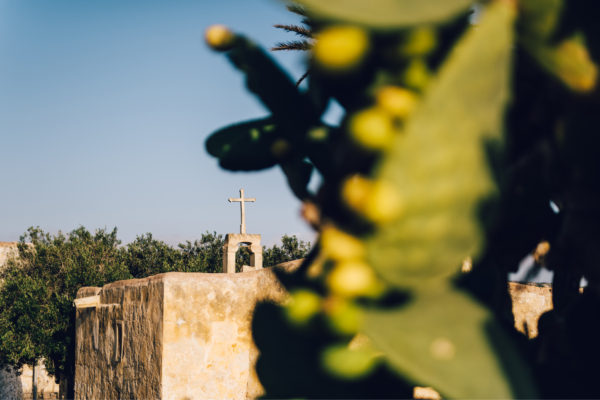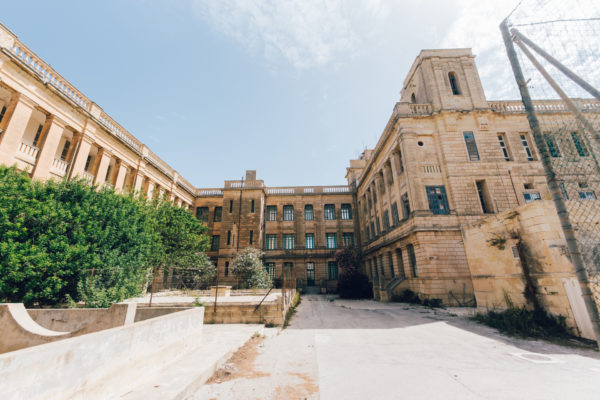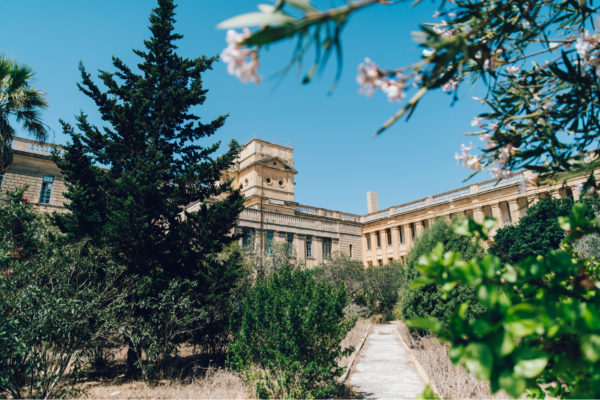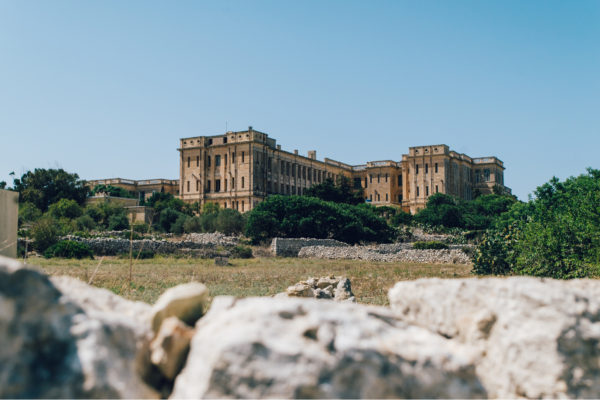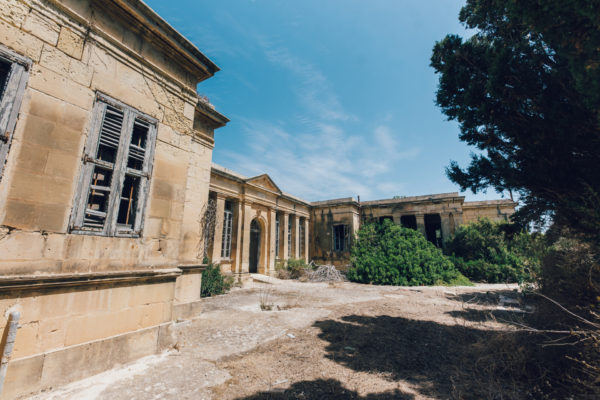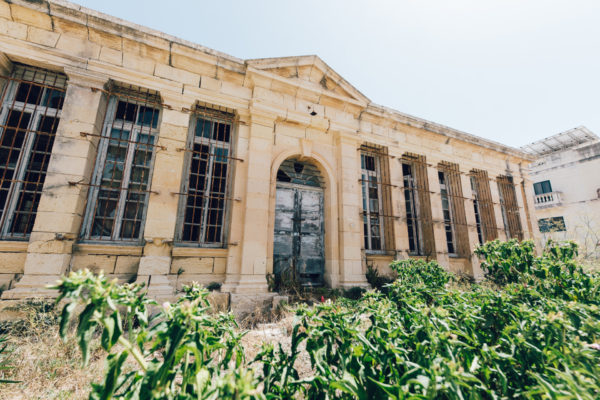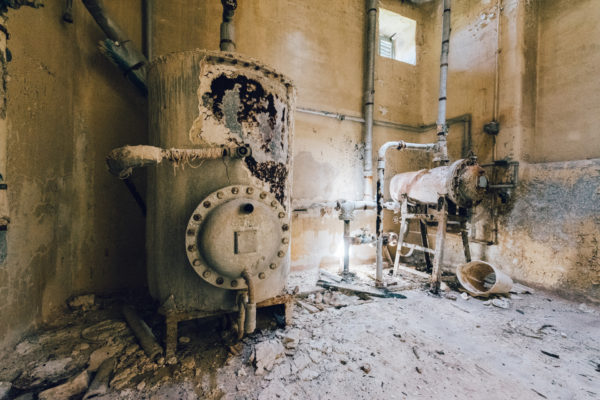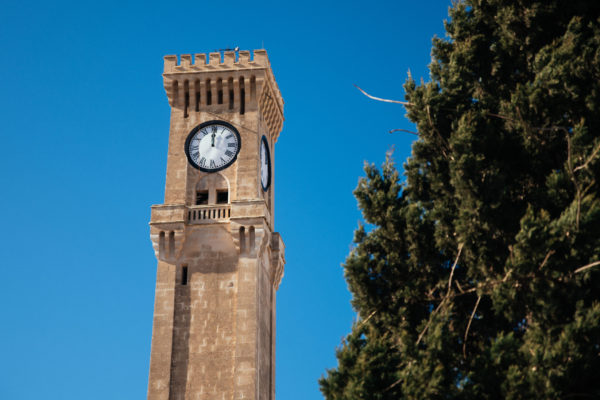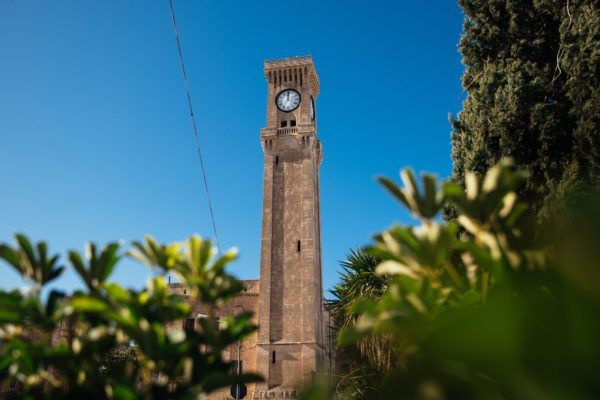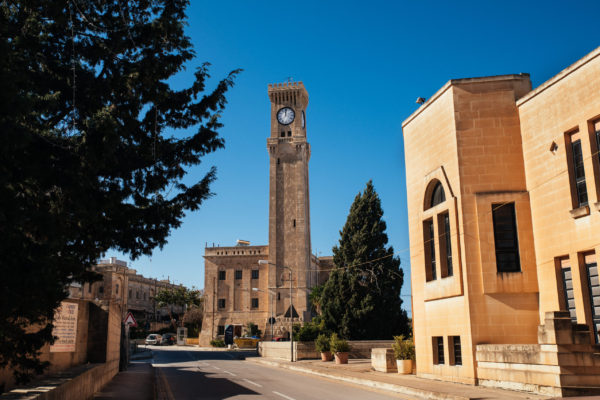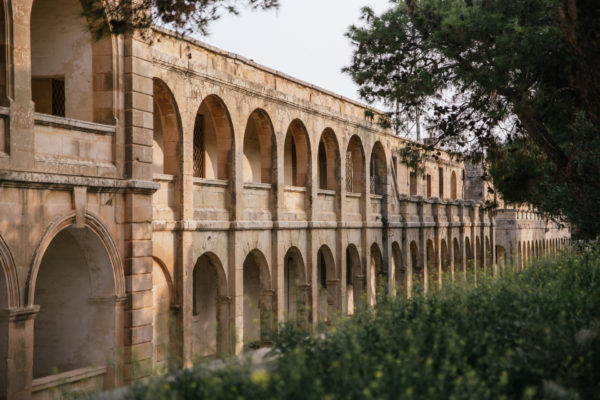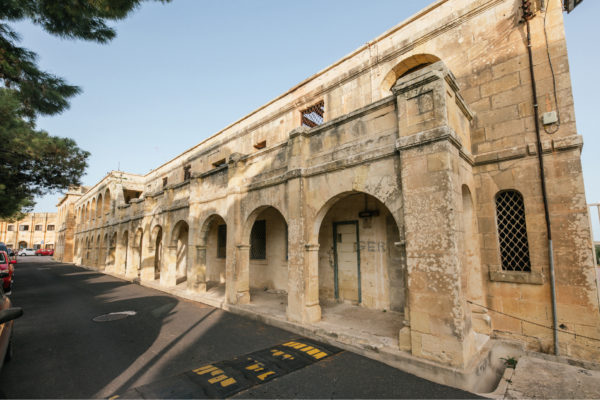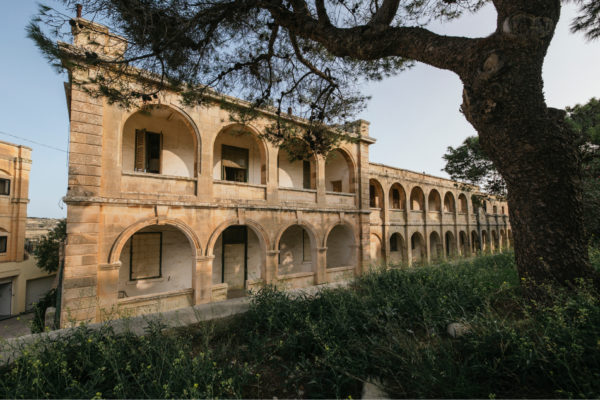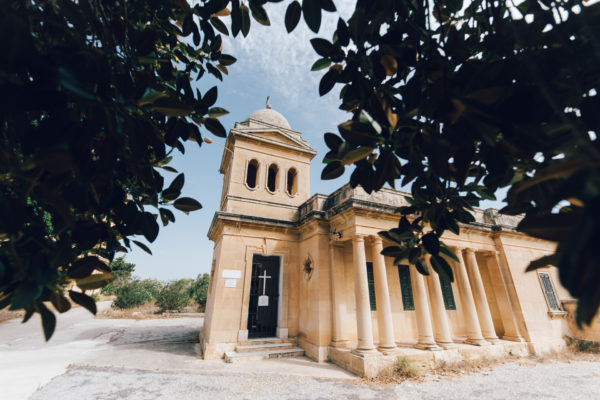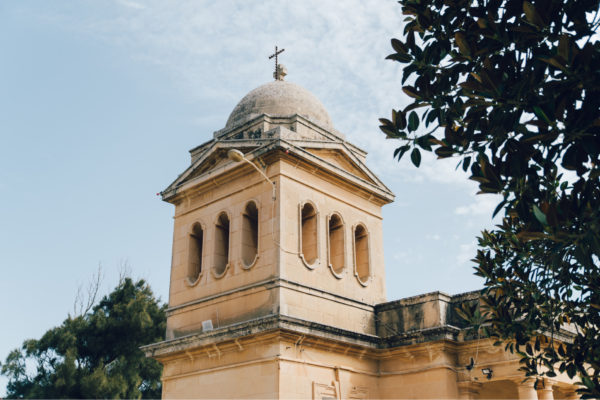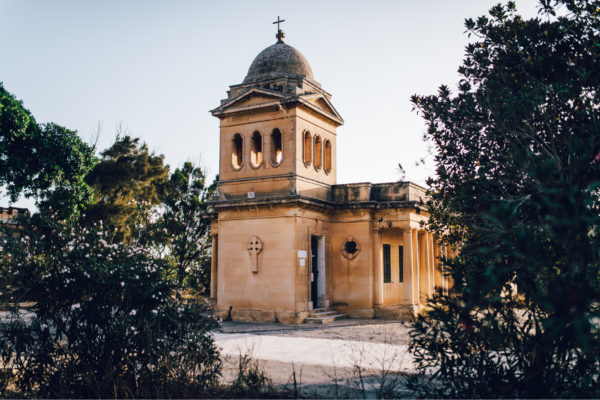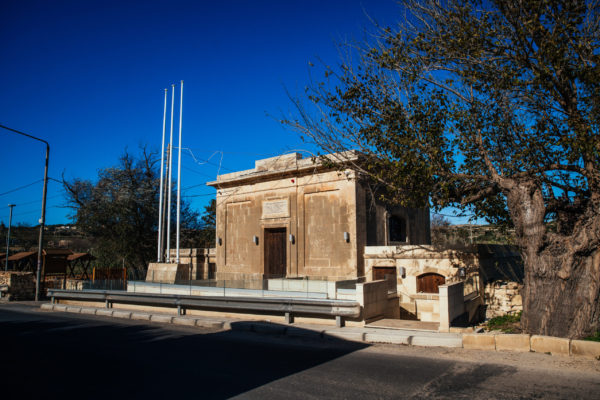
The showy balloon vine is a herbaceous plant native to Central and South America. It is a species of disturbed ground, colonising gardens, roadsides but most favourably wetlands and riparian corridors. The creeping or climbing nature of this plant give it the capability to climb over and cover mature trees exceeding 8 m in height.
The showy balloon bine contains several branches at the base which climb upwards with some help from the tendrils – small specialised stems which the vine develops to anchor itself onto adjacent plants for support. The stem forms internodes roughly 5 to 10 cm in length and contains grooves.
The alternate and double triad leaves are 3 to 5 cm long and slightly pubescent in nature. The tiny white flowers are displayed across a long flower stem reaching lengths of 5 to 10cm. The flowers consist of 4 to 5 egg-shaped sepals and 4 inner petals containing 8 anthers. Once pollinated it develops into an inflated balloon shaped fruit roughly 3 cm long containing the seeds.
This species has been cultivated for ornamental purposes across most of the tropical and subtropical regions of the world. In many areas it has escaped from cultivation and competes directly with the native vegetation; smothering trees, shrubs and understory plants from sunlight.
It is very successful when colonising forest margins, woodlands, riverbanks and floodplains, grasslands and even rocky sites. A dense population of Showy Balloon Vine can also lead to accessibility issues, increase the risk and intensity of fires and harbour pests or diseases.
Seeds are dispersed by birds, wind and also water; the fruit is capable of floating on both seawater and freshwater and can therefore also be dispersed by ocean and water currents. Long-distance introductions are however generally the result of human activities.
The showy balloon vine is legally declared as an invasive, alien or environmentally incompatible species in the Maltese Islands.











